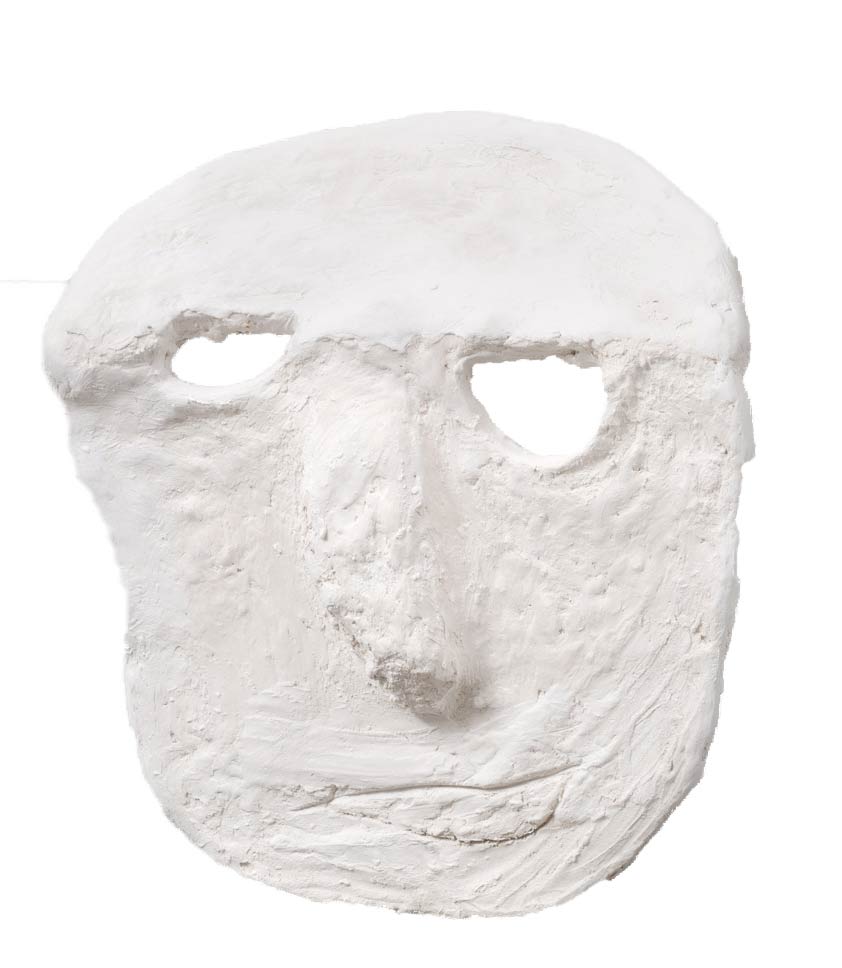An ongoing archive project.
With a specific focus on women-in-the-arts, this archive explores some of the most problematic intersections of our time: mothering and creativity, partnering and independence, economics and art.
The studies, interviews, essays and articles linked here are collected and categorised. This is a work in progress – I will continue to add to it as I encounter relevant voices, ideas and research on the topic. If you have a piece to add to the archive, please tag @sanchobelly on Twitter, @sanne_mestrom on Instagram, or email s@mestrom.org
There’s no content to show here yet.
“I know lots of artists who have children, so that’s not the reason why I didn’t have them, because I thought I couldn’t make art,” she says. The reason she didn’t have children, Heti says, is because she didn’t want to, and that’s all that needs saying. “But you have to have reasons,” she adds wryly.
https://www.theguardian.com/books/2022/feb/12/sheila-heti-books-by-women-still-get-treated-differently-from-those-by-men
Tracey Emin: ‘There are good artists that have children. They are called men’
https://www.theguardian.com/commentisfree/2014/oct/08/tracey-emin-has-chosen-art-over-kids-but-life-doesnt-need-to-be-that-black-and-white
This text introduces a small part of larger project that explores not only the work of the artist Tracey Emin, but also that of other women artists whose work is considered in relation to ideas of melancholy and maternity. The project as a whole endeavors to understand the idea of melancholy, suggested by psychoanalyst Julia Kristeva as one that is ‘irreducible to its verbal or semiological expressions’.
https://www.researchgate.net/publication/285122398_Work_in_Progress_Tracey_Emin_Ideas_of_melancholy_and_maternity
The gradual decline in overall fertility rates masks more variation by age (US Census data). In 1990, there were 31.50 births for every 1,000 women ages 35-39. In 2019 there were 52.72 births for every 1,000 women ages 35-39 — a 67.35% increase. The data suggests women are older when having children, but overall fertility rates are declining because the jump in birth rates of older women is not enough to offset declines in birth rates of younger women.
https://www.census.gov/library/stories/2022/04/fertility-rates-declined-for-younger-women-increased-for-older-women.html
The aphorism “birds of a feather flock together” describes the fact that people tend to prefer associating with others who are similar to themselves. What about parental status? Do parents prefer other parents? What about child-free people who don’t want to be parents? Do these preferences even matter?
https://theconversation.com/parents-have-very-warm-feelings-toward-other-parents-heres-why-that-could-be-bad-news-for-the-child-free-190406
A CELEBRATION, A COMMITMENT AND A CALL TO ACTION, KNOW MY NAME IS A GENDER EQUITY INITIATIVE OF THE NATIONAL GALLERY OF AUSTRALIA. KNOW MY NAME CELEBRATES THE WORK OF ALL WOMEN ARTISTS WITH AN AIM TO ENHANCE UNDERSTANDING OF THEIR CONTRIBUTION TO AUSTRALIA’S CULTURAL LIFE.
https://nga.gov.au/knowmyname/
Know My Name is more than an art exhibition, although the exhibition attached to its launch is large, complex and wonderful. Described as a “gender equity initiative”, it is part of a strategy by NGA Director Nick Mitzevich to move towards a culture of inclusion in both collecting and exhibiting.
https://theconversation.com/beauty-and-audacity-know-my-name-presents-a-new-female-story-of-australian-art-150139
From 1971: Why Have There Been No Great Women Artists?
https://www.artnews.com/art-news/retrospective/why-have-there-been-no-great-women-artists-4201/
The Countess Report is an independent artist run initiative that publishes data on gender representation in the Australian contemporary art world. An artist run initiative, Countess simultaneously works in the legacies of institutional critique and research based conceptual art practices.
https://countess.report/about
The emotional negotiation of new motherhood includes several layers of inter-subjective dialogue for the new mother: with herself, her child, her partner if present, her friends and her family.
The Mother Within: Intergenerational Influences Upon Australian Matrescence Since 1945 https://academic.oup.com/past/article/246/Supplement_15/263/6101630
Post-Partum Document is a six-year exploration of the mother-child relationship. In 1976,the work provoked tabloid outrage because Documentation incorporated stained nappy liners. Each of the six-part series concentrates on a formative moment in her son’s mastery of language and her own sense of loss, moving between the voices of the mother, child and analytic observer.
https://www.marykellyartist.com/post-partum-document-1973-79
When I am let loose, given a little bit of money and space to tell the story I want to tell, it’s about motherhood. It is about the domestic, and it does include a lot of scenes in the kitchen. Can stories about the domestic really be seen as high art? Because to me it’s an opera.
Maggie Gyllenhaal, NY Times
https://www.nytimes.com/2021/12/29/movies/maggie-gyllenhaal-lost-daughter.html
It’s been commonplace for second-wave feminist theory to insist on the uneasy relations between feminism and motherhood. Passionately and with great personal investment, Andrea Liss tells a counter-story by tracing feminist artists’ complex and often ambivalent representations and reflections on the maternal. At a moment when feminist art is being reassessed and displayed in major volumes and exhibition, Feminist Art and the Maternal adds an important chapter.
https://www.goodreads.com/book/show/6776854-feminist-art-and-the-maternal
— Marianne Hirsch, Columbia University
Interview: The Epidemic That Dare Not Speak Its Name (Stephen J Shaw)
A problematic interview (Jordan Peterson is a problematic thinker) that nevertheless raises interesting questions about female biology in relation to pressures of reproduction. Dr. Jordan B Peterson and Stephen J Shaw discuss the Birthgap, a term recently coined by Shaw– and the subject of his new documentary by the same name. In this interview, they examine the long building but invisible causes of what may be the most pressing issue facing the western world in the next few decades. Worst case scenario: total societal collapse due to a lack of new children being born, and a rise in senior citizens living longer.
https://www.youtube.com/watch?v=Qrg8t34yXRs&ab_channel=JordanBPeterson
Documentary: Birthgap – Childless World (PART 1)
https://www.youtube.com/watch?v=A6s8QlIGanA&ab_channel=Birthgap
The era of ultra-low birthrates has begun. But why are people having so few children these days? And what are the consequences ? Come on a journey of discovery across 24 countries to find the reason and also the future consequences for young and old alike.
https://www.youtube.com/watch?v=A6s8QlIGanA&ab_channel=Birthgap
